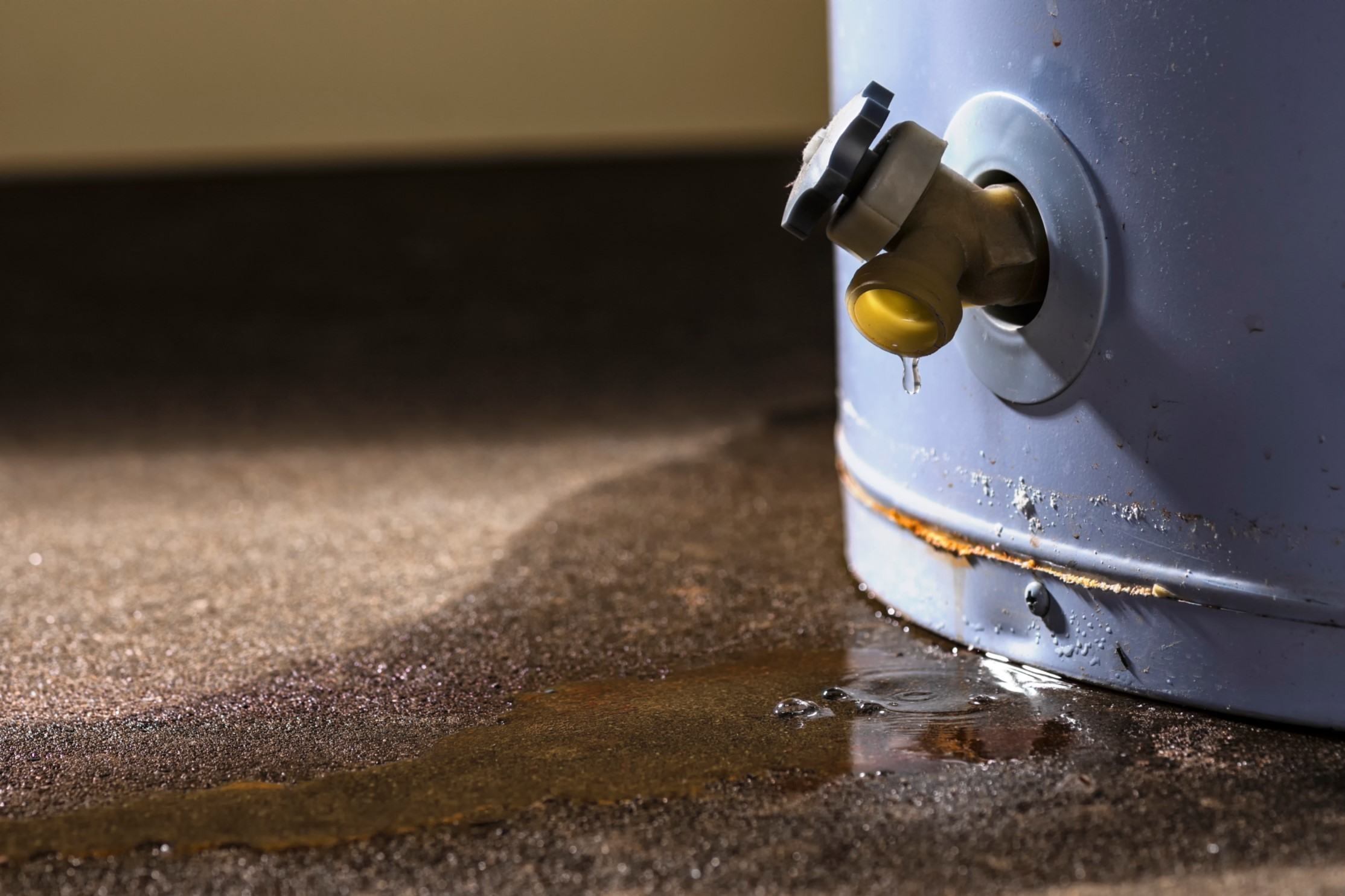Effective Techniques for Caring for Your Home's Hot Water SystemSteps to Prolong the Life of Your Home's Hot Water System Through Maintenance
Effective Techniques for Caring for Your Home's Hot Water SystemSteps to Prolong the Life of Your Home's Hot Water System Through Maintenance
Blog Article
This great article down below in relation to Tips For Maintaining Your Hot Water Heater is without a doubt engaging. Read it for your own benefit and decide what you think of it.

Warm water is crucial for daily convenience, whether it's for a rejuvenating shower or cleaning recipes. To ensure your warm water system runs efficiently and lasts longer, normal maintenance is crucial. This article offers sensible ideas and understandings on how to keep your home's hot water system to stay clear of disruptions and expensive fixings.
Introduction
Preserving your home's hot water system could seem overwhelming, but with a few easy actions, you can ensure it operates efficiently for years to find. This overview covers everything from comprehending your hot water system to DIY upkeep tips and understanding when to contact specialist help.
Value of Preserving Your Warm Water System
Regular maintenance not just extends the life expectancy of your warm water system but likewise guarantees it runs efficiently. Ignoring upkeep can lead to lowered efficiency, higher power bills, and also premature failure of the system.
Indicators Your Warm Water System Needs Maintenance
Recognizing when your warm water system needs attention can stop significant problems. Keep an eye out for signs such as inconsistent water temperature, odd sounds from the heater, or corroded water.
Recognizing Your Warm Water System
Prior to diving into maintenance tasks, it's valuable to comprehend the fundamental parts of your warm water system. Typically, this includes the hot water heater itself, pipelines, anode poles, and temperature level controls.
Monthly Maintenance Tasks
Regular regular monthly checks can aid capture small concerns prior to they escalate.
Flushing the Water Heater
Flushing your hot water heater gets rid of debris build-up, boosting performance and lengthening its life.
Monitoring and Changing Anode Rods
Anode poles prevent rust inside the storage tank. Checking and changing them when worn is vital.
Evaluating and Readjusting Temperature Level Setups
Adjusting the temperature level setups makes certain optimum efficiency and safety and security.
Do It Yourself Tips for Upkeep
You can do numerous upkeep jobs on your own to maintain your hot water system in top condition.
Looking for Leakages
On a regular basis check pipelines and connections for leaks, as these can lead to water damage and greater costs.
Checking Pressure Alleviation Valves
Checking the pressure safety valve guarantees it works correctly and prevents extreme pressure buildup.
Shielding Pipelines
Protecting hot water pipelines minimizes warm loss and can save power.
When to Call a Specialist
While DIY upkeep is helpful, some problems require specialist know-how.
Complicated Concerns Needing Professional Aid
Examples include significant leaks, electrical troubles, or if your water heater is consistently underperforming.
Regular Professional Upkeep Advantages
Professional upkeep can consist of extensive inspections, tune-ups, and making certain compliance with safety requirements.
Conclusion
Normal maintenance of your home's warm water system is necessary for efficiency, long life, and expense financial savings. By complying with these suggestions and recognizing when to look for expert aid, you can make sure a trusted supply of hot water without unanticipated interruptions.
Water Heater Maintenance: The Basics
Maintaining your water heater will ensure it operates efficiently and has a longer lifespan. Neglecting regular maintenance can lead to costly repairs and an even bigger chunk of your savings if you have to replace it sooner than necessary. But there’s good news: Most water heater maintenance tasks are relatively simple and easy for homeowners with basic DIY skills.
Flush the Water Heater
Over time, sediment and minerals can build up in the tank, reducing its efficiency and potentially causing damage. To flush the tank, turn off the power or gas supply, attach a hose to the drain valve near the bottom and open the valve to drain the water until it runs clear. Ideally, flush the tank annually.
Replace the Anode Rod
The anode rod is a sacrificial metal rod that helps prevent corrosion inside the tank. Inspect and replace it every three to five years or per the manufacturer's recommendation. To replace the anode rod, turn off the power or gas supply, drain a few gallons of water from the tank, unscrew the old rod and replace it with a new one. If the anode rod is significantly corroded or covered in calcium buildup, it's a sign the water heater may need to be replaced soon.
Tune-Up
A yearly tune-up can help identify potential issues and ensure your water heater operates at peak efficiency. This typically involves checking the thermostat, burner assembly (for gas heaters) and any other components specified by the manufacturer. During a tune-up, the technician may also clean the burner and adjust the pilot light (for gas heaters) or examine the heating elements (for electric heaters).
How to Maintain Your Water Heater
Insulate the tank. Insulating the tank can improve energy efficiency and reduce heat loss, saving you money on energy bills. You can purchase precut insulation blankets designed specifically for water heaters or use standard fiberglass insulation wrapped securely around the tank. Check the temperature. The recommended water temperature for most households is around 120 degrees Fahrenheit (49 degrees Celsius). Higher temperatures can increase energy costs and potentially cause scalding. Use a kitchen thermometer to check the temperature at the faucet nearest the water heater. Monitor water pressure. Excessive water pressure can strain the water heater and cause leaks or even tank failure. Install a pressure-reducing valve if necessary. The ideal water pressure range is between 60 and 70 PSI (pounds per square inch). Test the temperature and pressure (T&P) relief valve. The T&P relief valve is a safety feature that releases pressure if the tank gets too hot or the pressure builds up too high. Test it annually by lifting the lever and allowing a small amount of water to release. Replace the valve if it doesn't release water or reseal properly. Check for leaks. Regularly inspect the tank, pipes and fittings for leaks or corrosion. Deal with issues promptly to prevent further damage. Even a small leak can lead to significant water damage over time. Consider a tankless water heater. If your traditional tank-style water heater is nearing the end of its lifespan ( typically 10 years), consider replacing it with a tankless water heater. These units heat water on demand, reducing standby energy losses and potentially saving you money on your energy bills. Schedule professional maintenance. While homeowners can perform many water heater maintenance tasks, it's still a good idea to schedule professional maintenance every few years. A plumber or HVAC technician can thoroughly inspect the unit, identify potential issues and ensure it operates safely and efficiently. https://www.homeserve.com/en-us/blog/home-improvement/hot-water-heater-maintanence/

As a devoted reader about Water Heater Maintenance Tips You Can't Afford to Forget, I was thinking sharing that piece of writing was really useful. Sharing is caring. Helping others is fun. Kudos for being here. Please check our website back soon.
Book Today Report this page